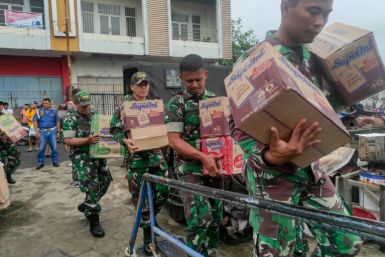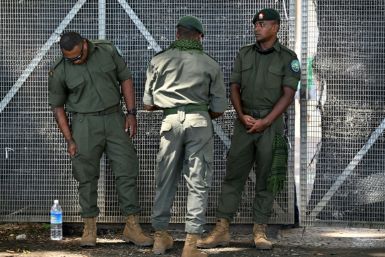Canada Ought To Modernise Missile Sensors In Arctic Versus Russia, Terrorist Organisations, Other Extremists: US Military

Admiral William Gortney, head of the Canada-U.S. National Aerospace Defense Command, or NORAD, and of the Northern Command, said the U.S. will soon be asking Canada to modernise its part of missile sensor systems in the Arctic. The current tracking equipment will become obsolete in 10 years, Gortney said, so it would be best to start discussions this early so that Canada can reinvest for the capability.
But the senior defence official noted it is not just important that the missile sensor systems in the Canadian Arctic be just replaced with second-class systems. Gortney said he prefers the systems be replaced with newer technology that could track both long and shorter-range cruise missiles. In this way, the defence systems can better track and destroy all types of incoming threats. He said systems can’t just cater to low-altitude cruise missiles because “they can't see over the horizon.”
Gortney’s announcement follows his statement to the U.S. Senate Armed Services Committee in March where he admitted he is worried about threats from Russia, including air, maritime, and cruise missile threats. There are also the threats from individual violent extremists, rogue regimes, myriad terrorist organisations, peer competitors, and transnational organized crime “looking for weaknesses to exploit,” he added.
The Arctic, Gortney said, remains “a key terrain” because it is the northern approach to North America, thus it is a very high target. The Arctic is an emerging operating area with much yet to be defined, he said.
The Canadian Press reports new sensors would perhaps be integrated into the U.S. missile-defence program. Ten years ago, Canada refused to join the program yet maintained its role in monitoring the airspace with the U.S. at Norad. But in 2014, Prime Minister Stephen Harper hinted Canada could eventually join in.
“It was our judgment in the past that Canadians did not need the security of participation in the anti-ballistic missile defence system,” Mr Harper said. But he admitted that times have changed and some political movements are occurring in the world. “We will continue to examine whether that does or does not serve Canadian interests and we will make whatever decision is in the best security and safety interest of Canadians.”
To report problems or to leave feedback about this article, email: e.misa@ibtimes.com.au.






